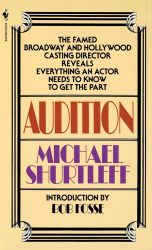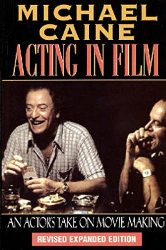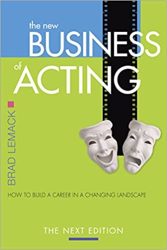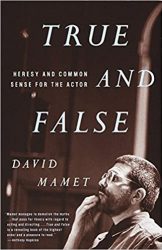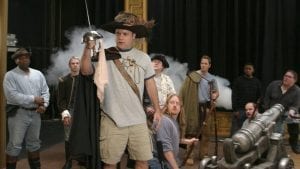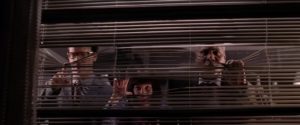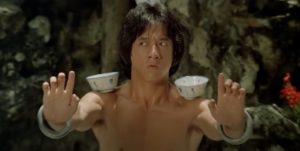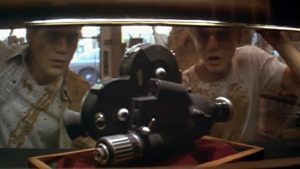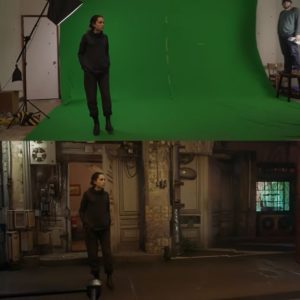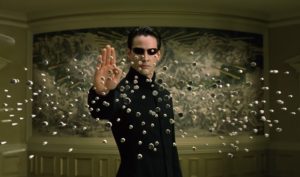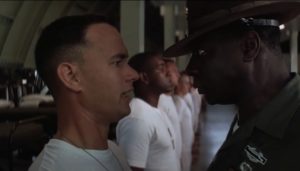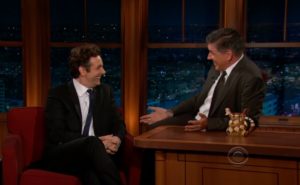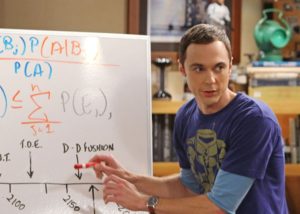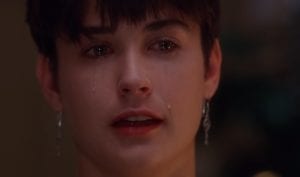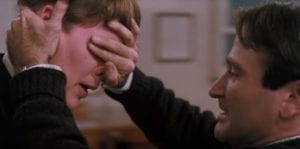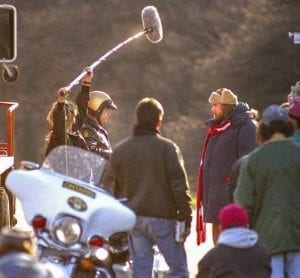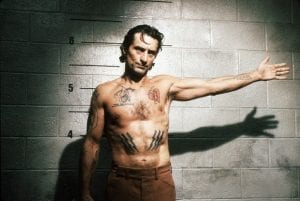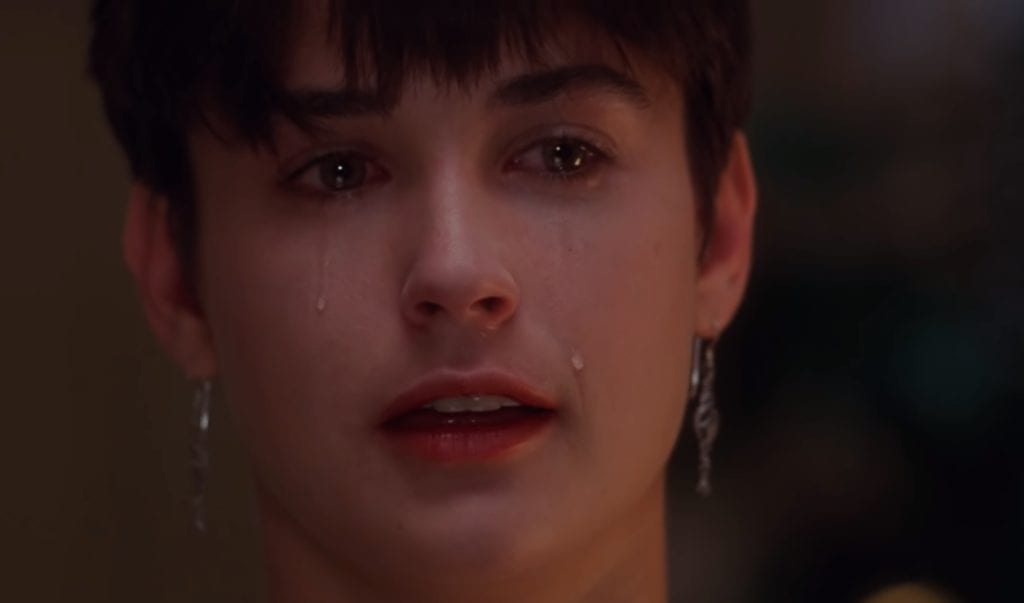
Different actors achieve tears in different ways, and the same actor might use one or a combination of methods to achieve tears depending on where they are and what they’re trying to bring to their performance. Overall, however, here is how actors cry:
In general, actors cry by accessing tear-driving memories (but this can have side effects), using their imagination while doing crying-related actions (such as irregular breathing), doing handstands and other actions to get a puffy, red face and watery eyes, and using fake tears and eye irritants.
Details of these methods are described below. Just bear in mind that crying is not the performance but generally a side effect of the performance (in other words, if you’re trying to become a good actor by crying a lot, it’s going to seem forced and obvious). However, if you’re portraying a character who is torn apart and they manifest that pain through tears, then the performance can be sincere, and the methods below can help you.
1. Emotional memories
Actors can draw on personal experiences that make them want to cry. For some people, thinking about a certain specific moment always makes them cry. For example, it could be
- a time when you were heartbroken
- a time where you lost the loved one
- a time when you were really scared
For example, when 11-year-old Henry Thomas was auditioning for the role of Elliott in E.T. the Extra-Terrestrial (1982), he thought about the day his dog died, and that made him cry. You can see the video of his audition here: https://www.youtube.com/watch?v=tA5giyG8E7g He ended up getting the part.

However, there is a side effect to this approach. The side effect is you’re constantly bringing up some traumatic incident, and you will either be
- constantly putting yourself in a negative emotional state, which can wear on you OR
- the memory will stop having its effect because you’re thinking of this incident so often
Angelina Jolie stated that when she had just started acting, she used to put herself into these brutal, traumatic, emotional states trying to have every negative thought she could so that she could give a sincere performance. She also spoke about how that took such an emotional toll on her that sometimes one scene would require her to be out of commission for days afterward because it would take her that long to recover from the emotional trauma. She later said that, as she got more experienced as an actor, it was easier for her to express certain emotions without reliving them, which leads us to the next technique.
2. Pretending (being in touch with their feelings)
Actors who are “in touch with their feelings” can learn to access those feelings when acting without having to think of any specific moment. For example, Julianne Moore has just always been able to draw on emotions and instantly feel things. This might be because she has natural talent, or she is naturally emotional (we all know those kind of people), or through a lot of work in which she’s constantly trying to channel different emotions so that she can recall them easier when she must perform. Mark Wahlberg always says that as well; he says it’s easy for him to cry because he can just get himself to an emotional place where the tears come.
How can this be possible?
Basically, it’s like how you can learn to look happy when smiling for a camera even though you might not necessarily be that level of happy at that moment. You just knew what your facial muscles had to do to replicate what you do when you’re happy, and you did that. By the way, you might notice that, when you try to smile genuinely for a while, you actually do end up feeling a bit happier than you were before. You can learn to pretend to be sad enough to cry in a similar way.
When people are “in touch with their feelings”, it means they are allowing themselves to be very sensitive, allowing themselves to feel the effects of situations on them (instead of ignoring those effects in a stoic way).
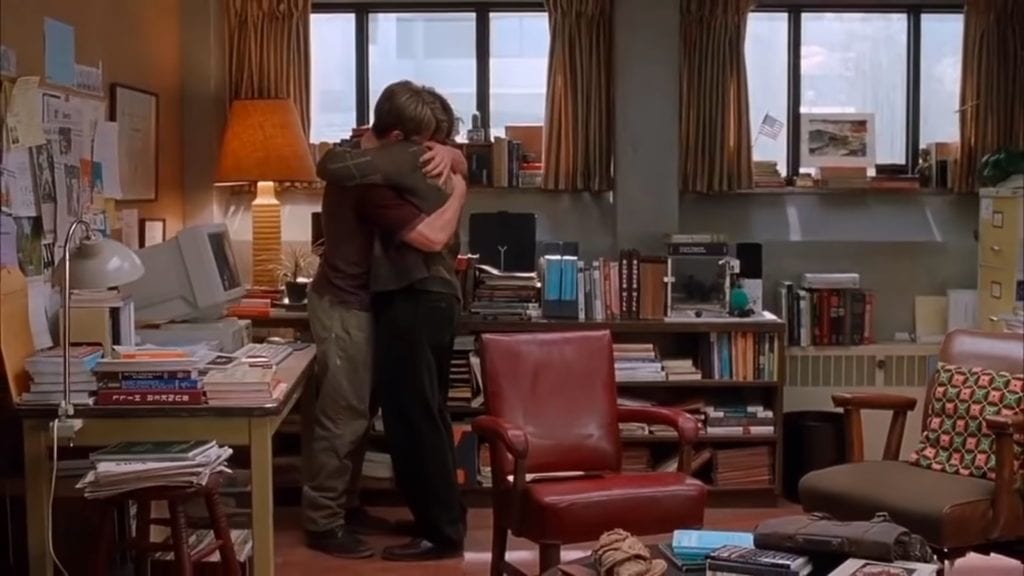
To develop this ability, actors, in their everyday life, can choose to notice when they’re feeling sad or other emotions and, while they’re feeling those emotions, explore them a bit, noticing what behaviors they’re doing so that they know what to replicate later when they want to trigger that emotion.
For example, when laughing, some people notice that they shake their shoulders, and then they can trigger laughter in themselves by shaking their shoulders. (Like how throwing up can be triggered by tickling the back of your throat.) With crying, you might notice how your breathing is different, the way you suck in the air with an irregular pattern. It all depends on you, however, because different people cry in different ways.
3. Physiological tricks (like holding their breath)
To make such pretending easier, some actors also have tricks to achieve red, puffy faces and water eyes. For example,
- some actors might hold their breath and force a lot of pressure upward towards the top of their head and their eyes
- other actors might try not blinking for a really long time to make their eyes irritated and therefore watery
- other actors have done handstands to make blood rush to their face to give them that puffy look
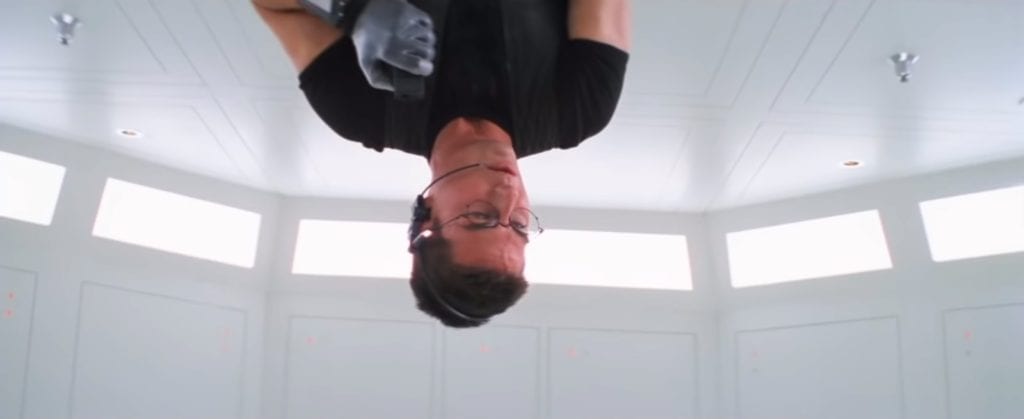
These tricks can also be used together with the next method.
4. Fake tears and eye irritants
An actor might be able to portray the emotion but if physical tears are required for a specific close-up, sometimes a makeup person will just put some eye drops in your eye.
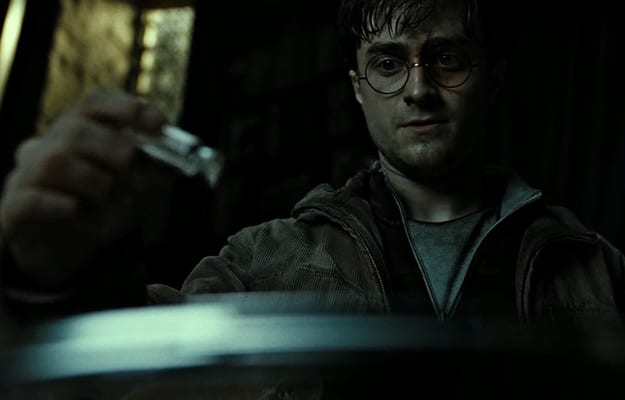
Some people might consider this cheating but remember the logistics of being on set. You might be doing the same scene from five different angles, three to four times per angle. This is something that could take hours and it’s hard to maintain that kind of emotional delivery. You may have brought real tears on the first take but, after the 9th or 10th take, perhaps you might just want to complement your sincere emotional delivery with a couple of eyedrops.
Additionally, actors can apply chemical eye irritants to produce tears. For example, here’s an example of a tear-eliciting product on Amazon: https://amzn.to/2OBtEP0 (As an Amazon Associate I earn from qualifying purchases.) It looks like lipstick and is applied under the eyes to irritate them into crying. You can see from the reviews that actors do use it.
If you’re reading this article as someone who just enjoys film and are curious about how actors cry, now you know some of the secrets. However, if you’re looking to become a better actor, read the next section as well.
Just remember: acting does not equal crying
For some reason, people think that good acting always involves breaking down into tears, even though crying moments might be 5% of all the acting you ever do. It’s as if it’s the definitive skill one needs to have if they want to be considered “a good actor.” Crying is sort of like abs. It doesn’t matter how good of a shape you’re in; unless you have abs, you’re not in good shape. People feel that it doesn’t matter how good your acting is unless you have a good cry at some point. However, this is simply not true.
Let me ask you this: have you ever seen Robert de Niro cry in a movie?
Take these words to heart: acting is not crying. One of the biggest traps that a lot of new actors fall into is they try to add tears to every scene and make things hyperemotional. This is a sign of melodramatic, cheesy acting because you can see it coming. You can see the person trying to cry and, as a result, it leads to a lackluster performance. Instead, consider trying to express the feelings you’re supposed to be feeling as you, the actor, actually do in your everyday life.
For example, not everyone expresses heartbreak with tears; therefore, tears are not necessarily required to express emotional pain. In fact, in some cases it might be more effective if there are no tears at all. Michael Caine gives the acting advice, at least for men, to actually hold back the tears, because then the audience will cry for you.
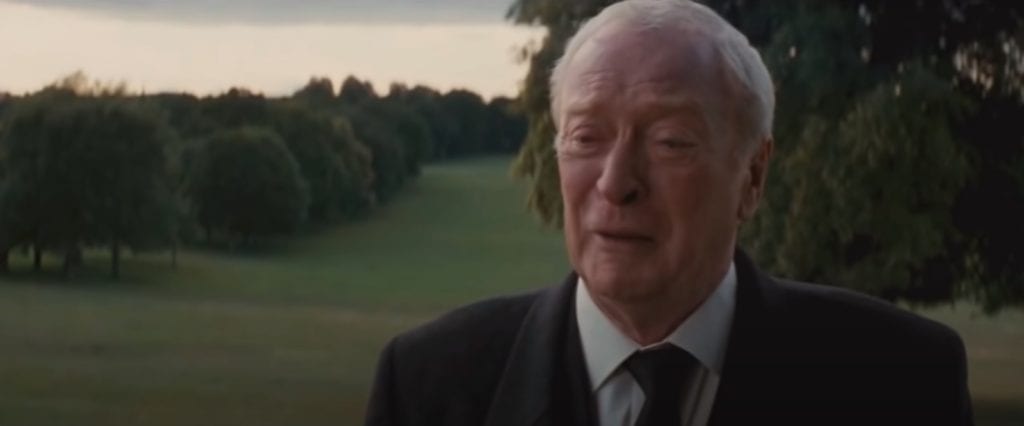
You can also think about it this way: work on being sincere, then work on forgetting what’s around you, work on being in the moment, and finally start thinking if tears are appropriate. This is not really advice but here’s the best way I heard a quite famous actor summarize it on set: if you’re in the moment, if you’re being truthful, and if it’s appropriate, the tears will come.

